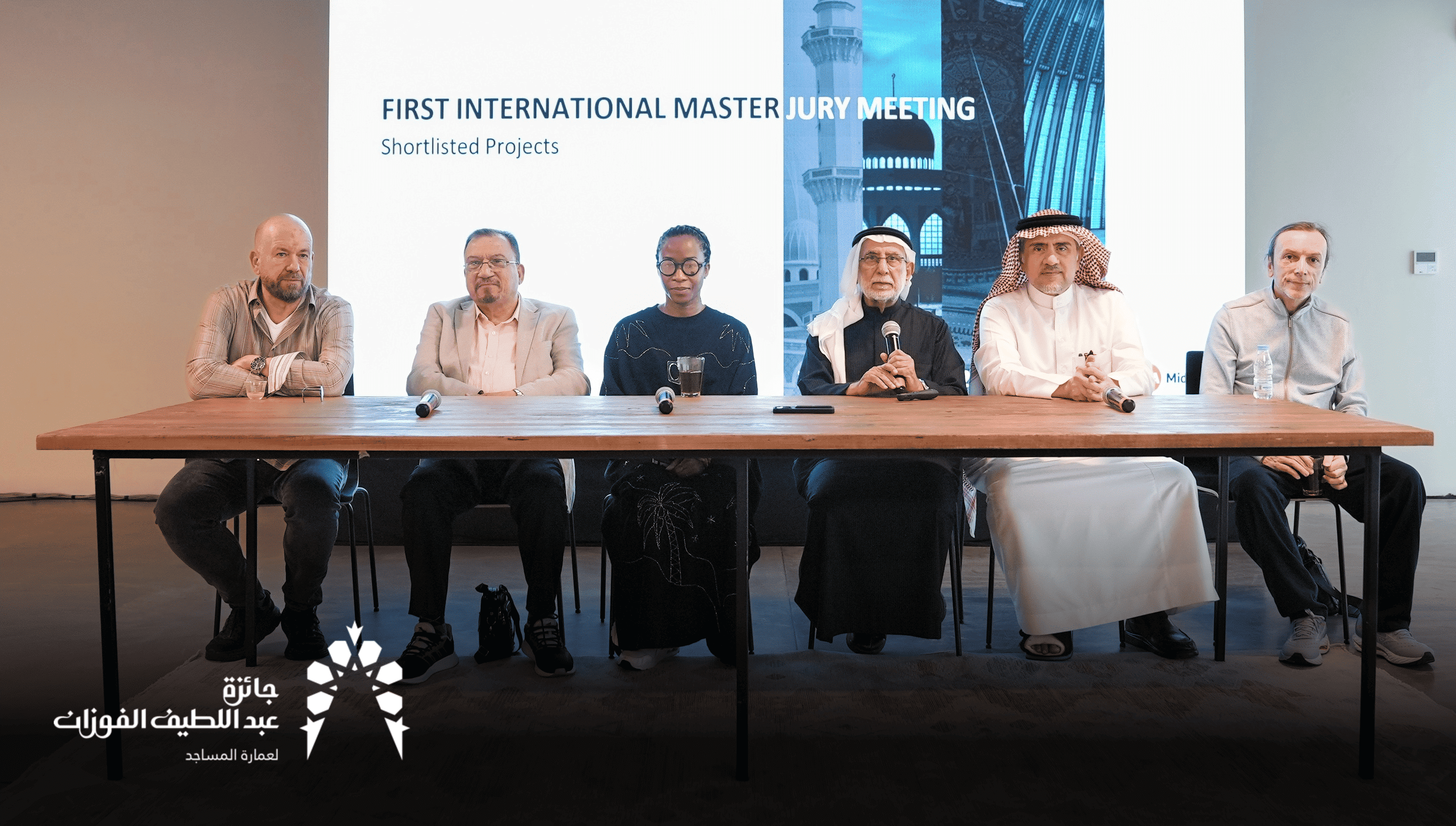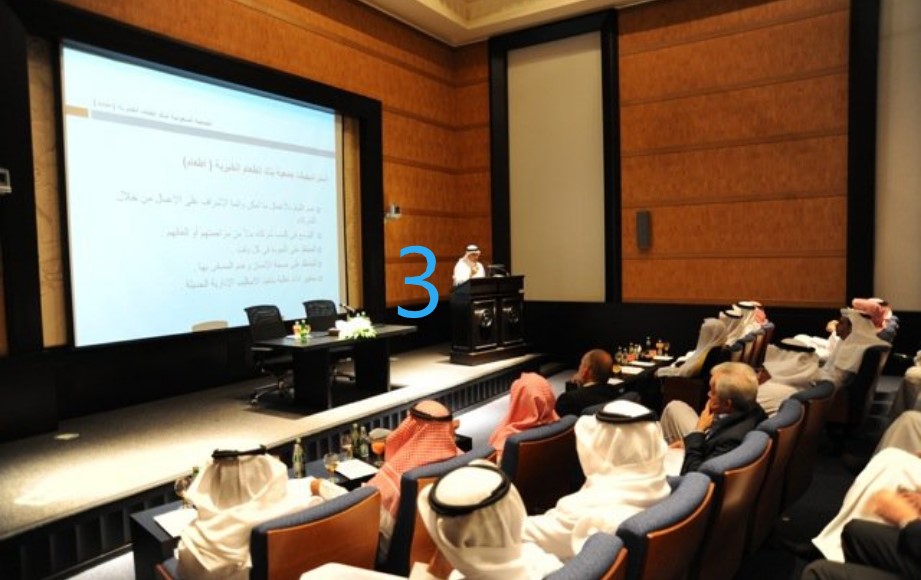Abdullatif Al Fozan Award for Mosque Architecture announced (30) mosques shortlisted of the 5th cycle (2023-2026)

The Abdul Latif Al Fozan Award for Mosque Architecture has announced the 30 mosques that are part of the shortlist for the fifth cycle (2023-2026). This came after the sessions of the international jury held from February 2 to 5, 2025, in the beautiful neighborhood of Jeddah. The longlist, which included 200 mosques from around the world, was reviewed and assessed by the jury over three days. The shortlisted mosques come from 20 countries across four continents. The selection of these mosques was based on seven architectural criteria established by the award, including the relationship of the mosque with its surrounding area, the modernity of its architectural design, innovative forms, creative construction solutions, environmentally friendly green solutions, and economic cost.
According to the awards system, a number of technical reviewers will be assigned to visit the shortlisted mosques and prepare detailed architectural reports about them in the coming period. These reports will then be presented to the international jury during its second meeting in November 2025 in Istanbul, where the five winning mosques will be selected for the Abdul Latif Al Fozan Award for Mosque Architecture for the fifth cycle. The second jury meeting will be held in conjunction with the Fourth World Conference on Mosque Architecture, in partnership with Istanbul Technical University.
It is worth noting that the longlist was judged by a jury composed of five members: Tosin Oshinowo, a Nigerian architect, designer, creative entrepreneur, and former coordinator of the Sharjah Architecture Biennale; Armando Salvatore, a professor at McGill University and researcher in contemporary and comparative Islamic studies; Ali Al-Shaibi, an architect and planner from Saudi Arabia and professor at King Saud University; Professor Dr. Sabah Mushtat, an architecture professor at the University of Wolverhampton in the UK and expert in architectural design; and finally, Renier de Graaf, a world-renowned Dutch planner and architect.











